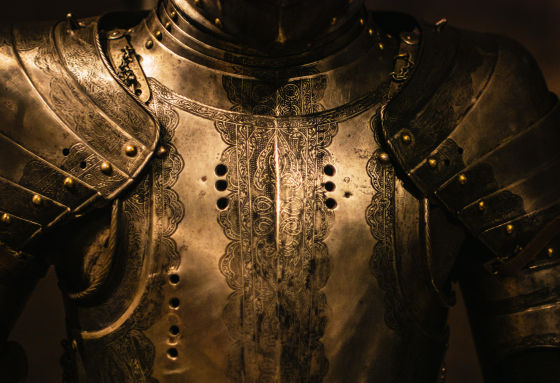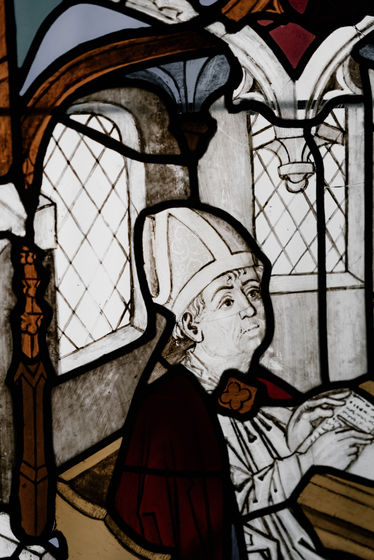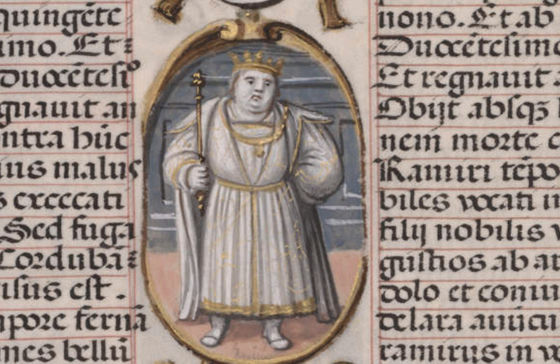What can you tell by analyzing the 'ideal figure' from history?

In recent years, obesity has been called out as a social problem, and it is generally recognized that 'the fat person is not beautiful', but the 'ideal weight'
Fatness and Thinness in the Middle Ages
https://www.medievalists.net/2020/06/fatness-thinness-middle-ages/
According to Monshine, the ideal weight in the Middle Ages is related to factors such as 'class' and 'sex'. It seems that the medieval knight class had a virtue of 'trained body' even though they earned enough money to gain weight, and they tended to consider overweight as unaesthetic. This aesthetic can be understood well from the sentence 'The overweight person is not suitable for a knight' in 'Knightism' written by 13th century philosopher Ramon Ruy .
Monchein pointed out that the belief in the knighthood began with the Roman military scholar Wegetius in the 4th century. This belief became particularly prominent around the 14th century, and in the 13th century story, ' Gerway and the Green Knight ,' a physical description of the cavalry in the story was 'wide chest, narrow waist'. Has been When looking at the actual clothing that existed at that time, it seems that the wearer has been cut to make it look like 'the chest and shoulders are wide and the waist is thin.'

On the other hand, 'it is fat' was regarded as a virtue in the peasant class, says Monshine. In one example, the word 'fat' is used in phrase expressions related to farmers, such as 'fat soil' or one of the holidays,
In addition, Monshine pointed out that a number of 'fat monks' appear in novels written by common class writers. Monsyne analyzes that the presence of fat monks is a reflection of the reluctance to enjoy monks at the time when many were unable to eat well.

The tendency to praise being overweight was the same for royal families and higher aristocrats who were above the knight class. According to
However, there are exceptions. Sancho I , who was called the 'Obesity King', has been deposed to Leon because of his obesity. Legend has it that Sancho I, who was forced to abdication, ate gorgeous meat seven times a day and weighed 530 pounds. After the abdication, Sancho 1 II is a caliph of the morning Umayyad Abd-ar-Rahman III and signed a deal that ask them to cooperate with the return to the throne in the 'diet' instead of giving a Dowero river cross-strait district. Hasdai Ibn Shapult, a doctor of Allahman III, conducts a forced diet of Sancho I's 'sewn mouth'. After that, Sancho I, who finished the diet, is reported to have returned to King Leon with the military power of Allahman III.

On the other hand, it has been basically considered that women are more beautiful when they are a little overweight. In the early Middle Ages, the symbols of female beauty were 'rich hair,' 'beautiful breasts,' 'thin waist,' and 'big buttocks.'
As for why women are better off, Monshine explains that they have health problems. A 12th-century medical book on women's illnesses called '

He concludes, 'There is a tendency for the human body to store fat, and some people may lose weight against this tendency. The way of thinking about 'is changing. The way you think about your body shape depends on the society.'
Related Posts:
in Note, Posted by darkhorse_log







